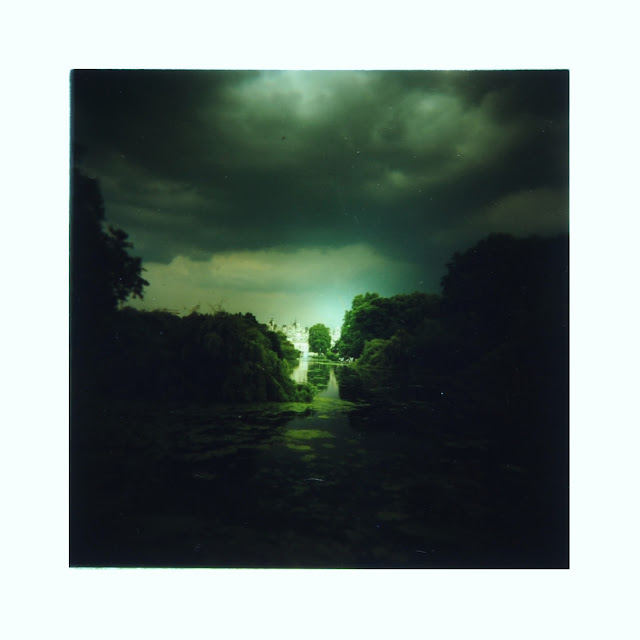I love all types of photography - lo fi with a cheap plastic Holga, digital SLR with my Pentax, old school SLR and basic apps on my phone. Some of my favourite photographers are Keith Loutit, Paco Caparros, Marzena Wasikowska and Denise Grunstein.
At the moment my main interest is in two areas: lo fi and street photography.
Lo fi photographs can also be great to print yourself. Although darkrooms are becoming rarer these days, and colour darkrooms even more so, if you get a chance I'd encourage you to have a go at printing your own photos. We need more darkrooms! Working in the dark for three hours on one print is a remarkable experience, and I always feel proud of what I have accomplished in my darkroom work. Some examples are below.
If you're interested in taking some photographs on the street, contact me about doing a night photography tour in Melbourne. Not only will you learn about street photography, you'll also get a chance to try out your skills at photographing at night, which is always fun. Night photography lets you play with light and reflection in really interesting ways - and to test out your steady hands! Sometimes I like to deliberately shoot out of focus. Other times I play with slower shutter speeds to create blurred movement. Paco Caparros is a fantastic night photographer who paints with light. Night photography is also good after it has been raining - there are reflections everywhere.
At the moment my main interest is in two areas: lo fi and street photography.
Lo Fi
Lo fi is generally a term used for basic and retro film cameras such as the Holga, Diana, Lomo, and twin lens reflex cameras such as Rolleiflex. The beauty of these cameras is the light leaks and film distortions, producing unique effects in your photos that cannot be controlled, or replicated. I shoot with a Holga that I bought cheap online as a 'toy camera'. It has a plastic body and a glass lens, giving the effect of one area in focus while the rest of the photo fades into a dark blurriness. The effect is a bit similar to tilt shift lenses. For a great example of tilt shift, check out Keith Loutit's work! The camera uses 120 film, which you can find (with a bit of searching) in both colour and black and white. Sometimes the age of the film creates its own effects, particularly depending on the length of time you wait before processing it...Lo fi photographs can also be great to print yourself. Although darkrooms are becoming rarer these days, and colour darkrooms even more so, if you get a chance I'd encourage you to have a go at printing your own photos. We need more darkrooms! Working in the dark for three hours on one print is a remarkable experience, and I always feel proud of what I have accomplished in my darkroom work. Some examples are below.
Digital SLR - street photography
One area I have been experimenting with recently is taking candid street photos of passers-by. This works well in a city like Melbourne with so many people always around - rushing to the trains, or strolling to dinner, or sneaking a cigarette in a doorway... the architecture of Melbourne, its combination of old and new, formal and graffiti-adorned, expensive and run-down, makes for a great backdrop to photos on the street.
The key to photographing people is to try to get them front or side on, without getting in their faces and making them feel uncomfortable. This can take a bit of patience, and trial and error, particularly if you are shooting with a fully manual camera, including manual focus. Often I prefer black and white photos for street photography, which highlight the shapes and light without getting too distracted by all the colour...
These are some shots from a walk I did a few months ago:






























